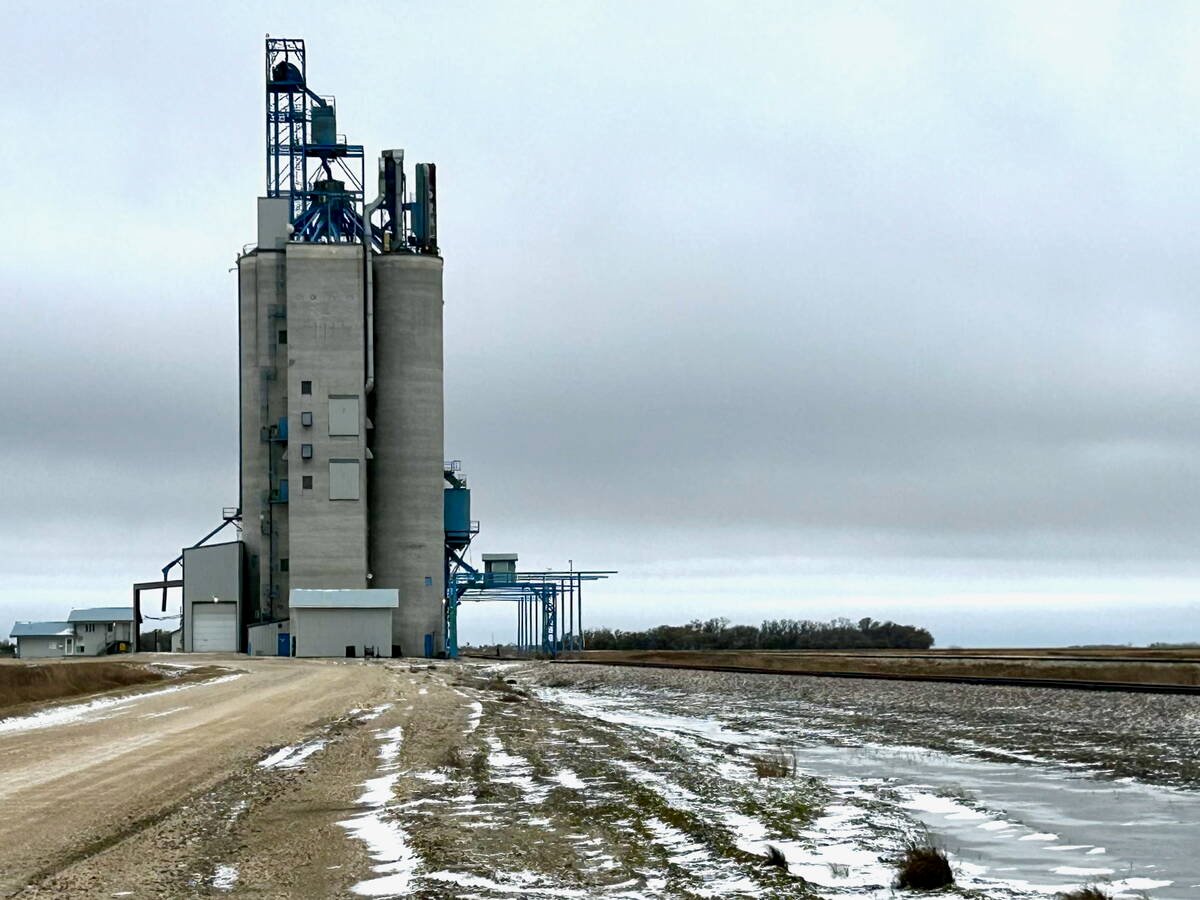Grain began moving out of the port of Thunder Bay last week, as the St. Lawrence Seaway opened for its 52nd season of navigation.
That good news was tempered by forecasts that shipments of Canadian Wheat Board grain through the eastern export system will be down this year.
“I don’t expect our eastern program to be as busy as last year,” said David Przednowek, manager of logistics for the board.
Last year, the shipping season got off to a roaring start, with 850,000 tonnes of CWB grain being shipped out of Thunder Bay in April.
Read Also

Manitoba grain elevator ownership expands
Carman-based Linear Grain buys Fannystelle elevator from Bunge, another three elevators sold to Morden’s BP & Sons Grain and Storage Inc.
That’s more than twice the typical April tonnage and shipments this year are expected to return to more normal levels.
The CWB shipped 5.2 million tonnes through the St. Lawrence Seaway in 2009.
Przednowek cited a number of reasons for the expected downturn in eastern shipments in 2010.
Demand for durum wheat in overseas markets, in particular North Africa, has slowed, exchange rates have increased the costs of using the seaway relative to alternatives like the West Coast and the availability of shipping has been limited by a reduction in inbound vessels due to problems in the steel industry.
“A lot of factors influence where grain moves and this year more of those are working against the St. Lawrence,” said Przednowek.
He said the board analyzes every sale in terms of what shipping arrangements will provide the greatest value to farmers. That can sometimes lead to a surprising result.
“There may be a product you’d think would naturally trade off the East Coast, but when you look at the return to producers, it makes more sense to ship West Coast when you take into account the domestic transportation costs of the seaway,” he said.
Tim Heney, chief executive officer of the Thunder Bay Port Authority, said his biggest concern is the amount of grain the CWB is shipping by rail directly from the Prairies to St. Lawrence ports.
The board has shipped about 1.3 million tonnes in each of the past two winters, compared with the longer-term average of about one million tonnes.
There are indications those shipments could continue into the spring if rail rates are competitive with lake freight costs.
“That’s grain that could be going through the seaway,” said Heney. “All we want is our fair share.”
He said that while grain shipments out of Thunder Bay have remained in the range of 5.5 to 6.5 million tonnes annually over the past decade, the board’s share of that has been going down.
“It’s still the majority at around 4.2 million tonnes, but it’s on a decline, and is being made up to some extent by non-boards.”
Heney said that regardless of whether there is a good or bad harvest in Western Canada, the amount of grain that gets shipped through the eastern export system remains fairly constant.
“The conclusion I would draw is that someone is rationing grain to the seaway and the rest gets railed,” he said.














